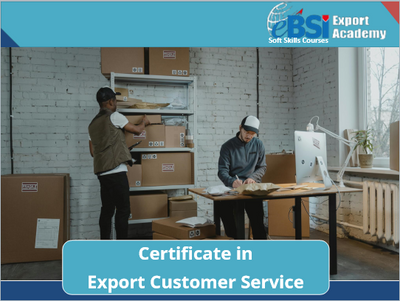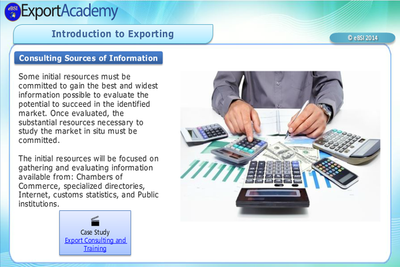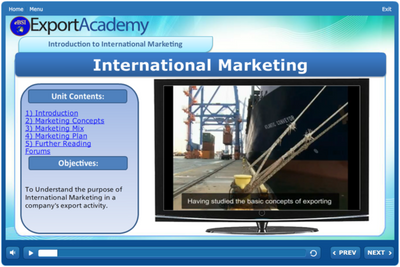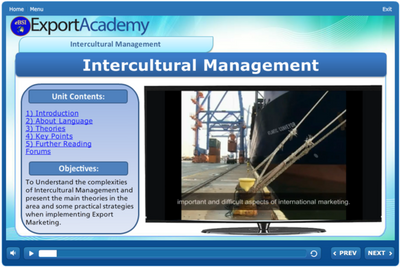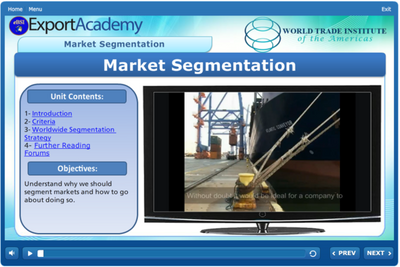Getting Ready to Trade at SME level

SMEs have high expectations when they start to develop export strategies and define foreign market entry models. This might be influenced by different criteria varying from country to country. The economic crisis has had a crucial impact on export strategies.
Many companies have been forced to minimize their activities in their small domestic markets and even withdraw from them completely while allocating scarce resources to go overseas. Traditional large export markets such as Germany, United Kingdom, Russia and others have suddenly become highly sought after export destinations by SMEs.
It’s not surprising when SMEs build flexible teams and service orders in near markets. This is even more relevant to service industries, construction, manufacturing of specialist elements of the value chain, electrical installations and metal processing. Traditional manufacturing is starting to follow this trend also, however.
Once an export goal is set, a company’s natural core objective is to identify contacts of potential partners in a market to start trading internationally. This is a basic element of an internationalization strategy: partner search or promotion activities such as trade fairs, mailing, and registering on-line inquiries. As there is a quick shift from the local to the foreign market, companies are often not ready to make these radical changes in their processes and procedures. Long trading traditions on the local market may have formed specific work practices which are often not applicable in foreign markets.
Therefore another important criteria comes onto the agenda before taking a decision to go overseas: the assessment of current potential and development of human resources, technologies, promotion literature and web-site, and finally, awareness of business culture in the target market.
Exported oriented SMEs can follow a simple and clear formula to be successful in exporting:
1) Carry out an assessment of export potential,
2) identify target customers and channels,
3) create a database of potential clients (some SMEs pay too much attention to this aspect and not enough on further steps),
4) develop an entry strategy and tactics,
5) Identify and secure a sufficient budget for developing the company’s export business,
6) set goals for expected results and a follow-up on them.

Development of these elements will involve monitoring these essential topics as they will be subject to continuous change as the SME has to adapt to the ‘realities on the ground’.
For example, when contracting with buyers, which Incoterm is going to be used and do we understand the risks, responsibilities and obligations of each party?
What is the potential of leveraging tools such as an internet presence or penetration of social media as a promotion tool among other items to be discussed by the SME’s management.
Proper consolidation of these initiatives along with promotion activities into a cohesive export marketing plan should lead to enhanced company competitiveness and attractiveness.
In conclusion, SME’s should make the effort to balance promotion and business development activities over the long term. To build experience and capability while minimizing risk, closer markets should be approached within the company’s existing export potential where business culture and market requirements are similar, and logistics costs are not yet significant. In the longer term staff capacity building, as well as technological innovation have to start dominating the focus of the SME’s management. By developing the SME’s capability while promoting internationally in easier markets first contribute to create a long term competitive platform for export success.
Sigitas Brazinskas

